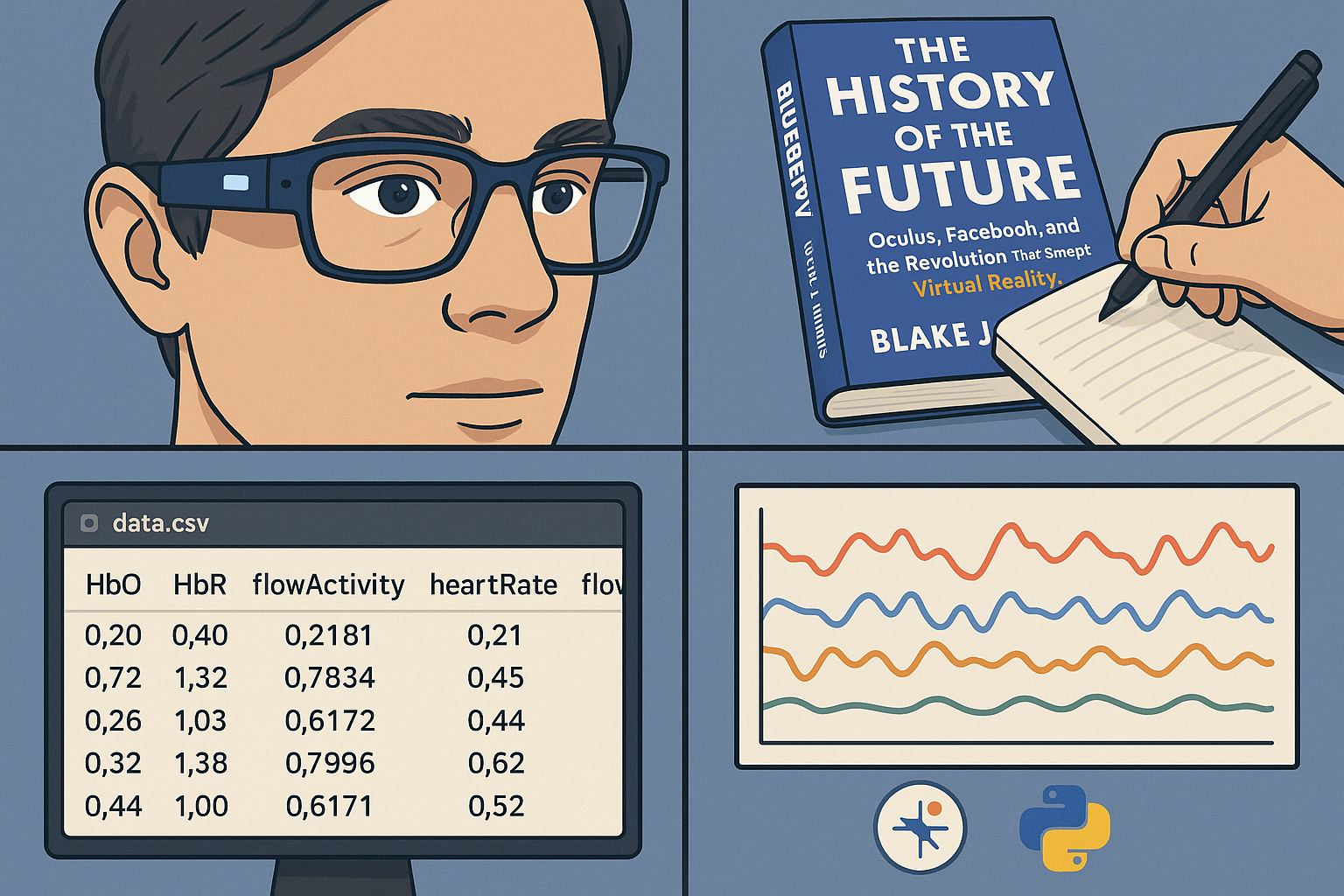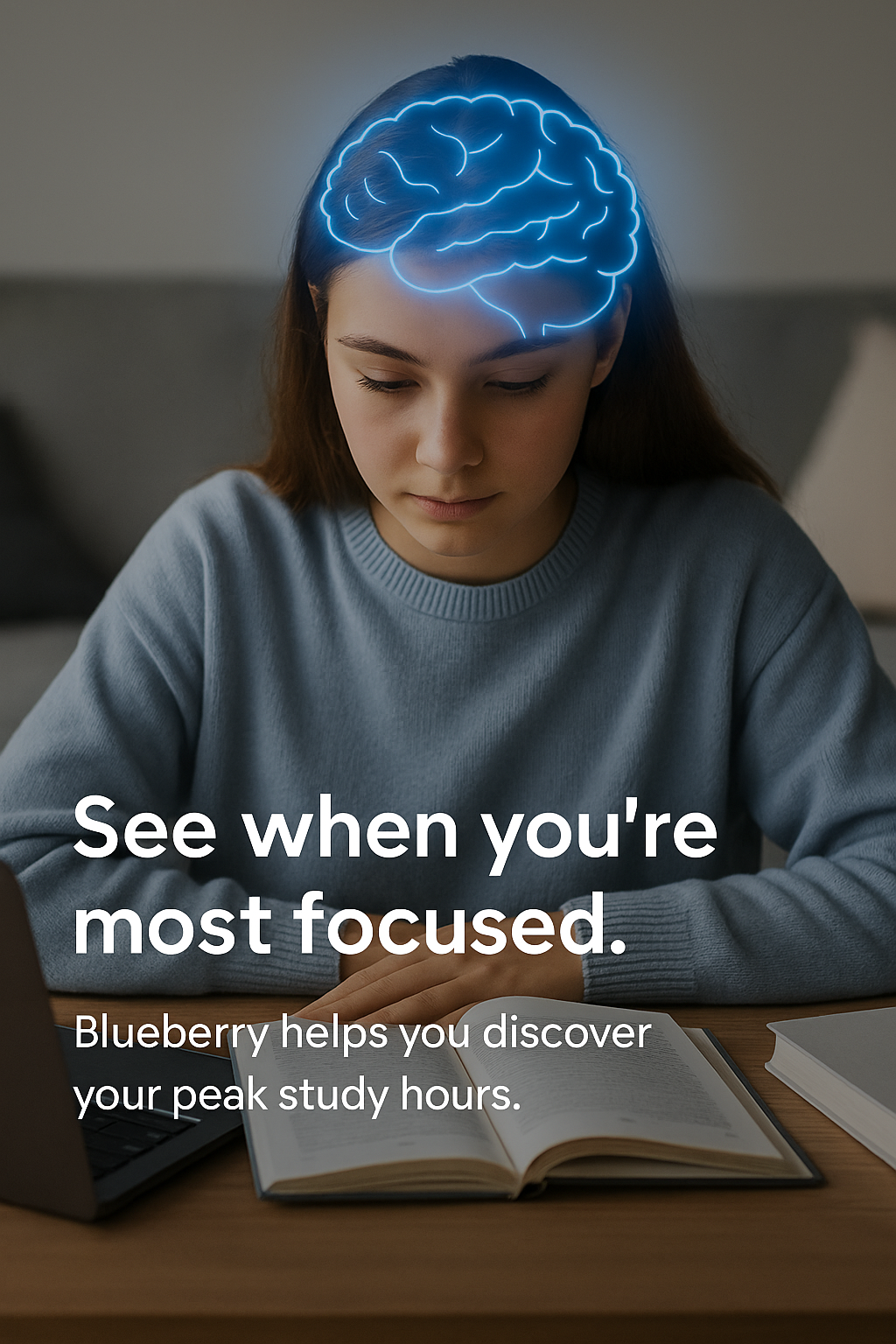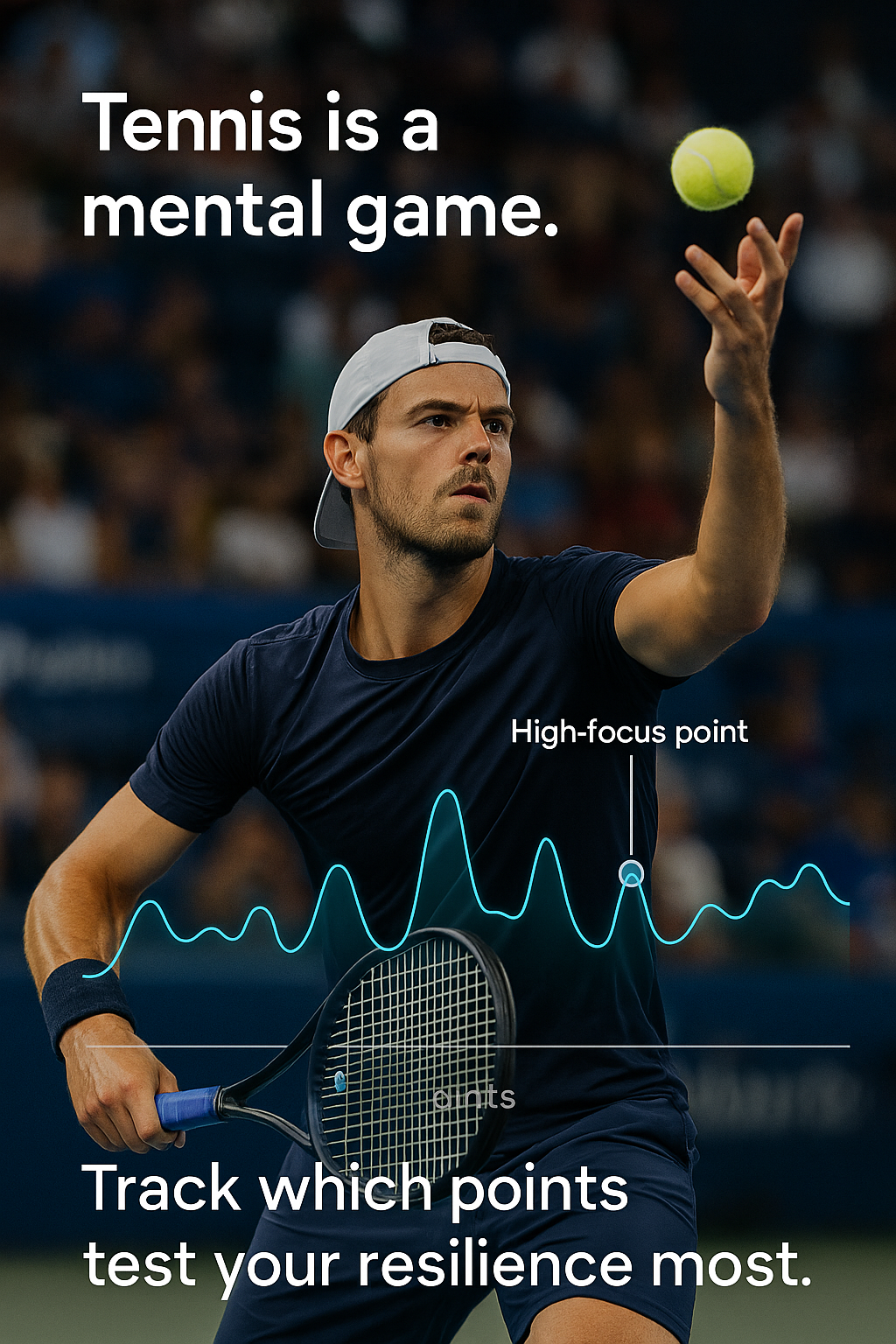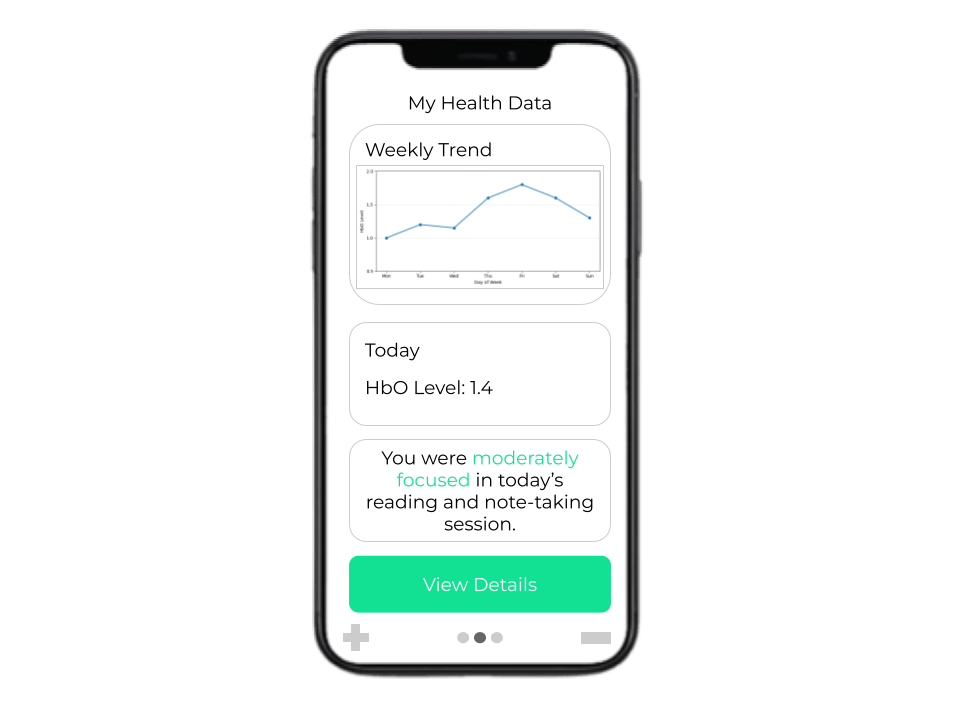🫐👓 Reading vs. Gaming: Comparing Cognitive Patterns with Blueberry Data 🧠📈
By Patrick Zhang and Samuel Zhang
Discussion
Smoothed Optical Data From Reading and Note-Taking Session
Looking at this graph, we can infer many things. For example, when looking at the HbO levels throughout the 12
minutes, you can see several sharp peaks and dips. This represents changes in oxyhemoglobin concentration due to
brain activity, which is most likely due to taking notes and processing information. Oddly, when the person first
starts taking notes at 43 seconds, HbO drops almost immediately after. This is weird because, as we just stated,
taking notes requires brain power, increasing brain activity as a result. If you zoom in more closely, you can
clearly see that HbO drops at 48 seconds, which indicates a muscular response event. More interestingly, if you
take a look at around 51 seconds, there is a sharp peak showing that the muscular response event actually caused
an increase in HbO, showing that the person probably noticed something important in the reading.
All HbO & FlowIntensity Windows (Downsampled)
- HbR mirrors HbO, showing an inverse relationship. When oxyhemoglobin increases, deoxyhemoglobin decreases,
which is typical in brain activity.3
- The flowActivity, heartRate, and flowIntensity data all reflect the mental engagement of the reader. For
example, a spike in flowActivity can show active comprehension, while flat regions indicate passive reading.
- Since flowIntensity looks a lot like flowActivity, and it is a composite of both heartRate and flowActivity,
we can assume that flowActivity dominates.
After a few days, we received another drive folder, this time having a screen recording and a CSV file of a person
playing a pattern recognition game.
Smoothed Optical Data From Pattern Game Session
After taking a quick glance at this graph, we immediately noticed that it was different from the reading and
note-taking session one. HbO was really jagged and trended upwards instead of being relatively steady with a few
peaks and dips. This makes sense because pattern games require you to think more. The first big peak occurred
around 1 minute 9 seconds, which was when the game was explaining what the person was just doing and what the
overall course is about. This could suggest that the person was reflecting on the patterns they had just created.
Additionally, the course summary may have caused the person to try to connect what they had just done with the
overall objectives of the course.

At 5 minutes 36 seconds, when the person is forced to make a purchase decision, both HbO and flowIntensity
spike. This is likely due to the fact that the person was evaluating whether or not they should make the
purchase, which triggered their neurons. Additionally, that might’ve stressed them out a little, explaining the
cardiovascular response.
Surprisingly, HbO reached one of its highest points when the person was at the level selection screen, which
occurs at 9 minutes 36 seconds. We think this could’ve been due to two factors we previously discussed: reflection
and decision-making. The person might’ve been asking themselves whether or not they should move on or give their
brain a chance to take in everything that just happened. It could’ve also been due to anticipation; the person
could’ve been expecting a harder level, so they were getting mentally prepared for it. We later found out that it
was a muscular response artifact.
Nonetheless, all of these responses could’ve simply occurred because the brain had to reorient itself to the
change of scenery, the new page.
The graph below is especially interesting because it shows fluctuations and growth over time. Let’s examine two of
the biggest peaks. The first notable peak is in the first part of the session and spans from approximately 1:30 to
2:22. The second major peak comes later in the second part of the session, spanning from around 11:45 to 12:22.
The first peak lasts longer, however, the second peak has a higher baseline. This could suggest that while the
first peak represents a longer period of increased activity, the second peak represents a period of stronger and
more intense increased activity. Before, after, and during both peaks the person was working to solve puzzles, but
during the first peak there was a screen that prompted the person to create an account. The break from the game
could’ve potentially relaxed the person, which serves as an explanation as to why the first peak’s baseline was
lower.
This bar chart shows the highest and lowest peaks of brain activity during the reading and note-taking session.
The left side of the chart represents when the person first started taking notes, which makes sense since they
just finished reading a page that didn't require much understanding. The right side of the chart, on the other
hand, indicates a point of deep comprehension as the person spent a lot of time reading that page.
Similarly, when analyzing the pattern game session, a different set of cognitive patterns emerges.
Like the bar chart at the top, this chart also shows the lowest and highest points of brain activity during the
pattern game session. The left side of the bar chart shows where the person first started the pattern game and
had to identify the shape added to each block. The right side of the bar chart represents the question where the
person playing the game had to count the number of blocks in the last shape. The HbO levels are clearly higher
on the right side, which makes sense because counting the blocks requires more cognitive effort than just
looking at answer choices and matching the shape that was added.
These are some mock images of what the app would show and track.
Student use
See when you’re most focused
Track HbO and other brain signals during study or homework sessions to discover your peak focus windows. Plan
your study and homework sessions accordingly.
Athlete use
Train for high-pressure points
Identify which moments (deuce, break points, tiebreaks) drive peaks in stress or focus. Use those insights to
help build your practice plan.
Daily insights
Your brain data, made useful
Identify what times your brain is the most active and productive through a dashboard displaying weekly trends,
and use that to help build your daily schedule.
Note: We used ChatGPT to provide the rough structure of the code and also the conversion of the units
(milliseconds to minutes with intervals in between). We also used it to generate some of the images.




